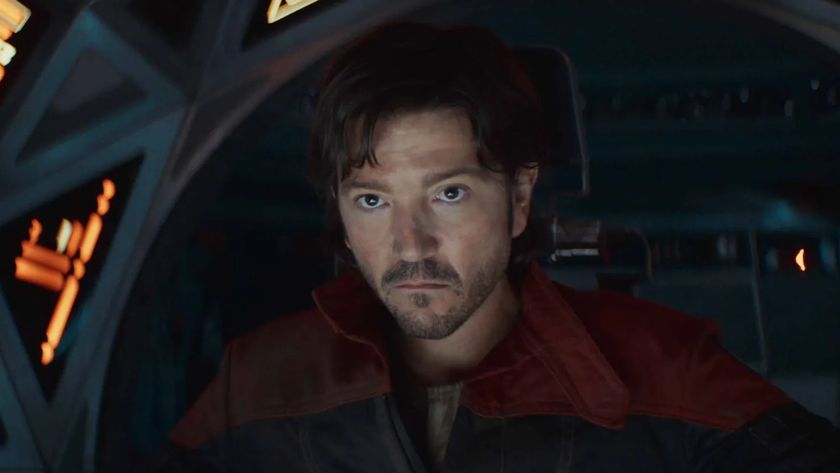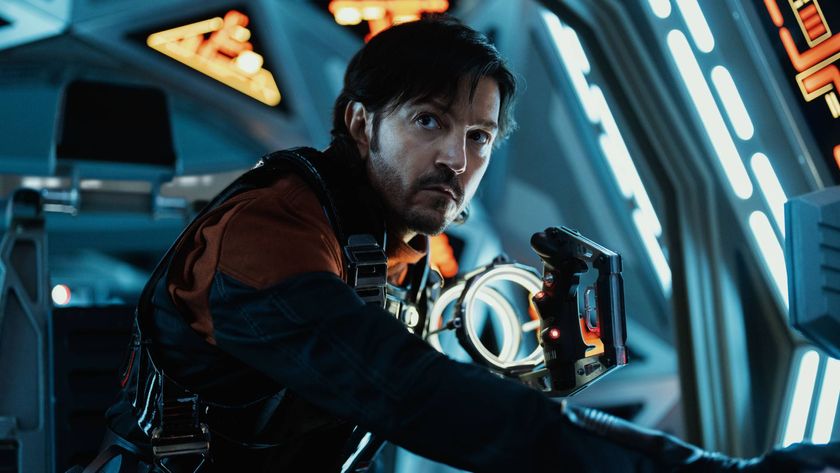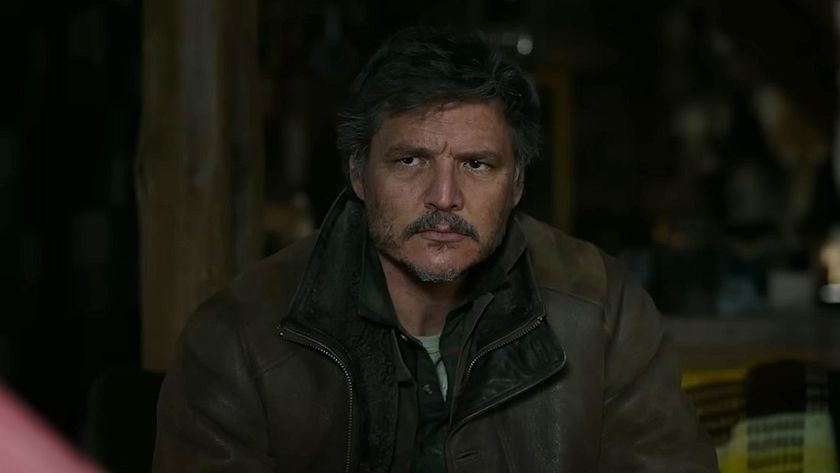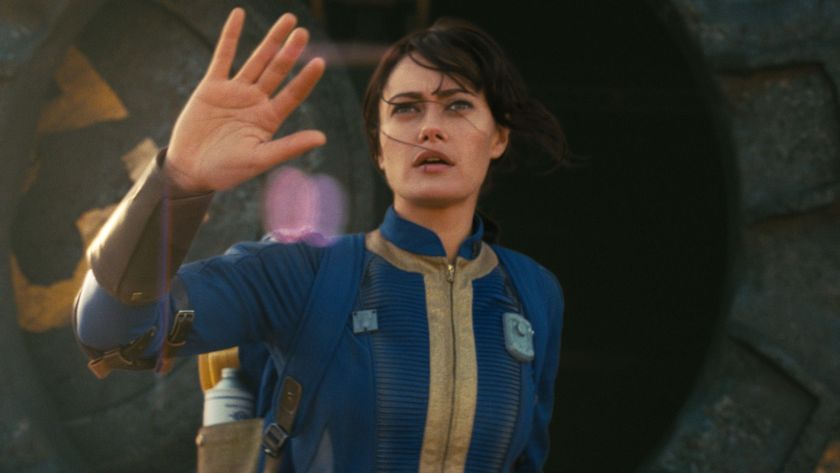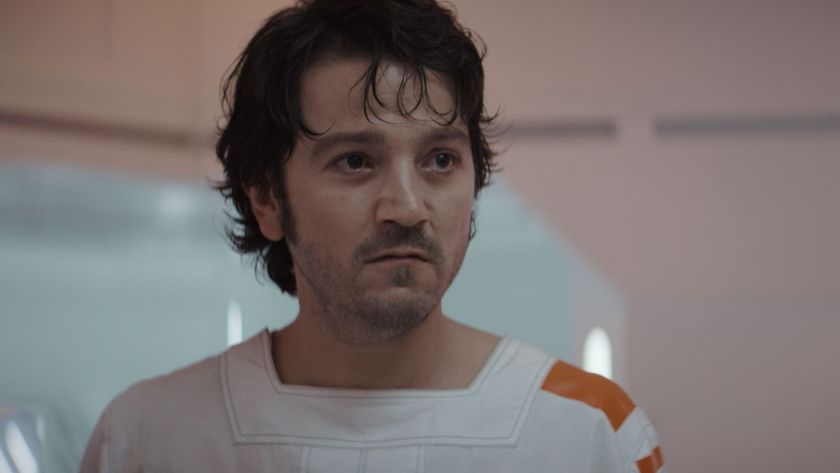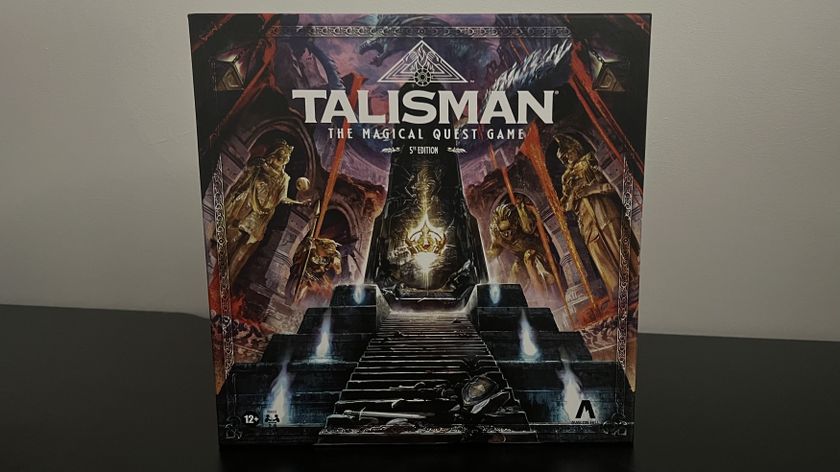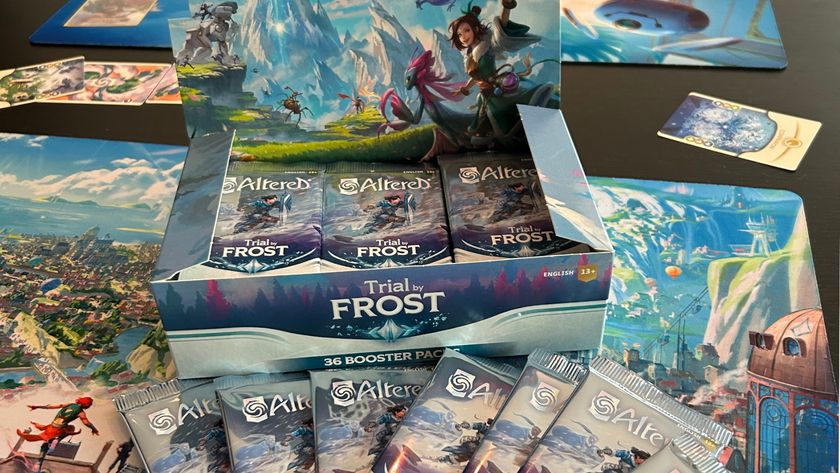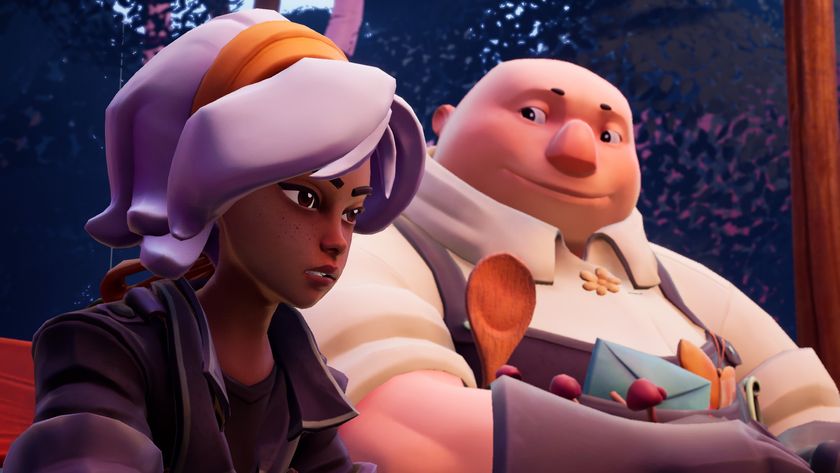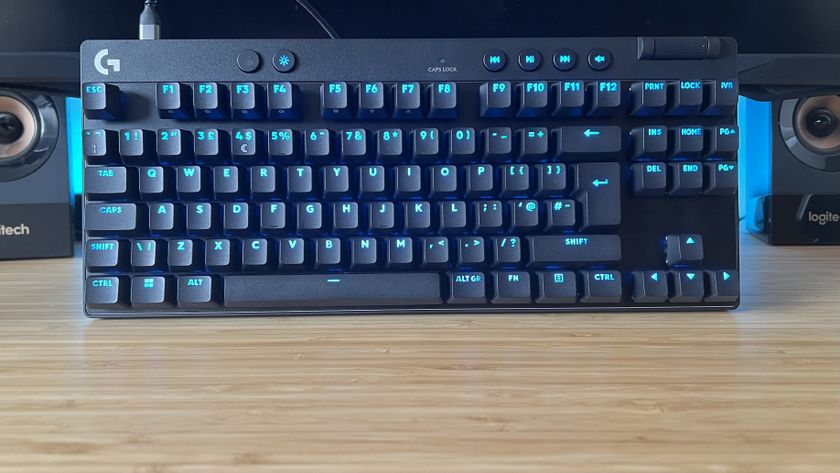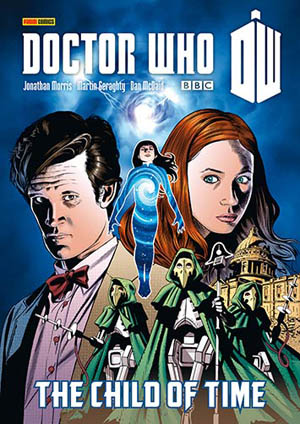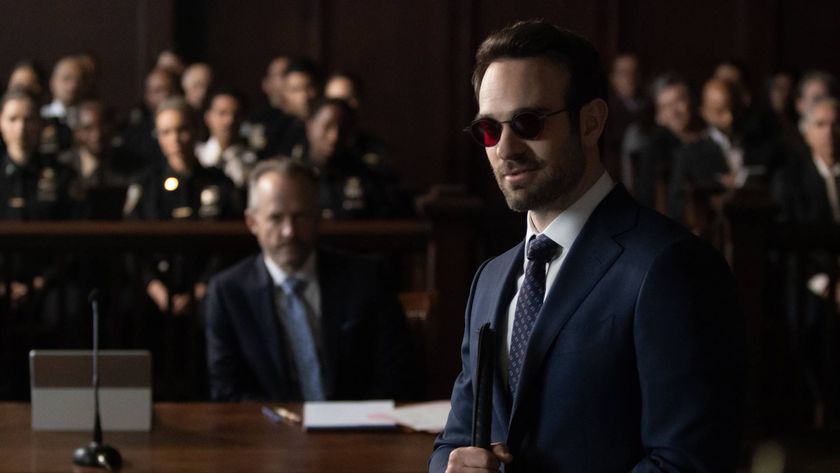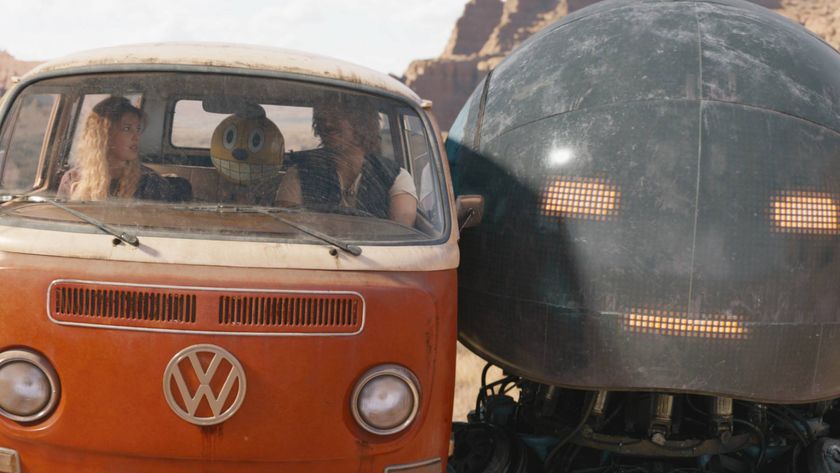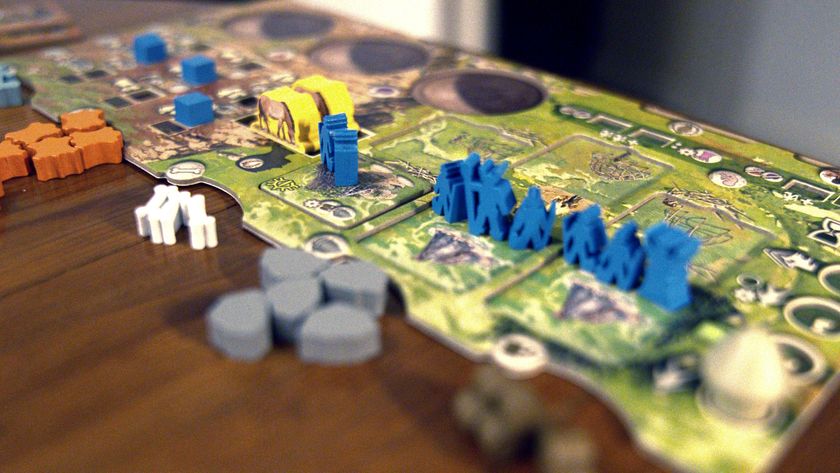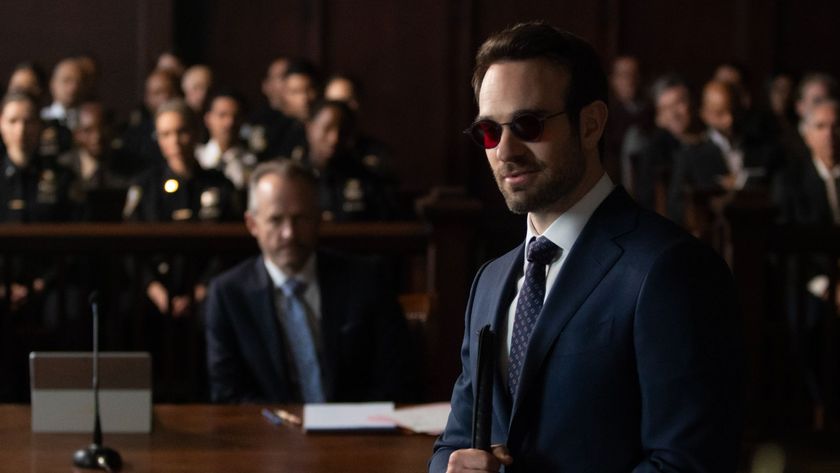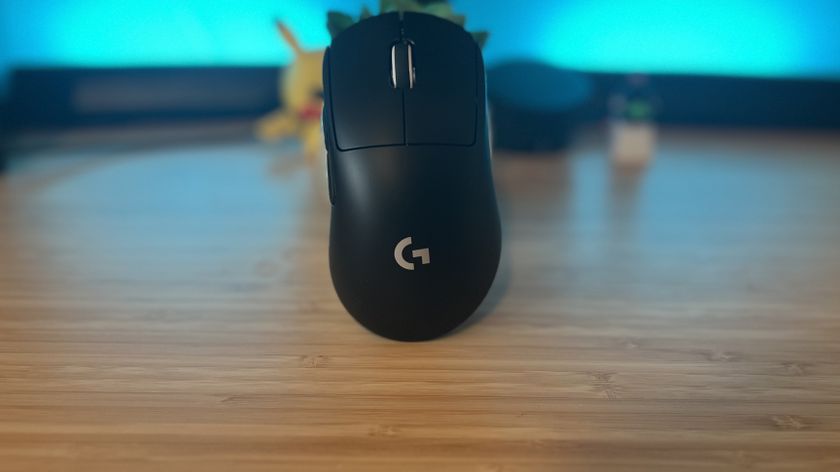Why you can trust 12DOVE
Doctor Who: The Child of Time
£16.99
Whilst IDW has been doing fantastic work with the new Doctor Who comics, and the recent relaunch written by Andy Diggle is particularly worth your time, Doctor Who comics’ real home is the Doctor Who Magazine . Doctor after Doctor has appeared there and, largely freed from the needs of TV continuity and budget, the stories are often far wider in scope and visual imagination than the show itself.
This first collection of both the eleventh Doctor-era strips and Jonathan Morris’ work on them – is the perfect example of that. There are nine stories here, tackling wildly different subject matters and with a rotating art team whose style varies to match the stories. Mike Collins’ work on “Supernature”, the opening story, is a perfect example of this; his detailed, characterful pencil work a vital part of a story which sees Amy and the Doctor dealing with a penal colony, a disease and hyper-accelerated evolution all at the same time. It’s a smart opener, incident- and character-heavy and far more expansive than even the largest scale TV episode, with Morris cleverly working in at least one trick that would break the budget on the show.

“Planet Bollywood” follows it, and this time Roger Langridge is on art duties. Langride’s work is huge fun. Rounded and friendly, and just a little cartoony, it’s a perfect fit for a story which is both very light but again, fiercely clever. Let’s face it, a good portion of us have been waiting for Who to do a musical episode, and this story does just that, managing to get the big production numbers across on the page with style and humour. The title’s more apt too, with the sweeping plot points and the lovely idea of a robotic muse driving it along very nicely.

“The Golden Ones”, this time with the dynamic, precise art of Martin Geraghty and some superb colours by James Offredi, is not only the first longform story, it’s the first standout. Called to Tokyo to investigate the odd death of a UNIT agent, the Doctor and Amy find themselves investigating a smart drink and the suddenly very intelligent children drinking it. Anyone who’s familiar with the third Doctor’s adventures will guess who the villain is here quickly but that’s not the point. This plays like a great TV episode, with a supporting cast, a couple of massively clever twists and a real sense of scale.
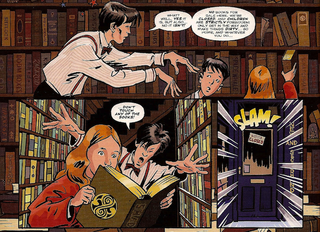
“The Professor, The Queen And The Bookshop” is as impressive, but for very different reasons. Opening with Rory and Amy as children in World War II London it’s a Doctor Who story, but… a little to the left. Rob Davis’ expressive and human art is gorgeous throughout, and the story is a single instalment with a surprising, and very touching dedication.
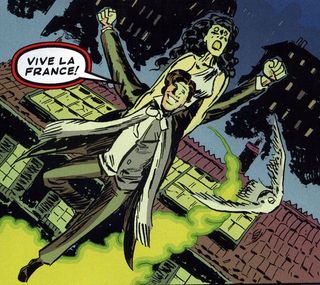
“The Screams Of Death” is surely one of the best titles for a Who story ever, and sees the Doctor and Amy in Napoleonic era Paris and dealing with what, initially, seems to be a case of a simple relationship break-up. Cosette and Louis were deeply in love until Mr Valdemar recruited her to his theatre. Cosette, who couldn’t sing at all before she met him is now heading productions, and the Doctor and Amy smell a rat. The art here, by Dan McDaid, is beautiful, and the story drips with atmosphere. But it’s the only one in this collection that doesn’t quite work for me. It’s still atmospheric, funny and chilling but it doesn’t hit as hard as the other stories. Pay close attention to the ending though…
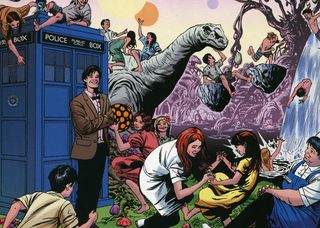
“Do Not Go Gentle Into That Good Night”, with great art by David A Roach, is another short, but standout, piece. Investigating a series of odd deaths and a group of mysterious children at a nursing home, the Doctor and Amy find something both horrific and hopeful in the basement. This story and the previous one both neatly riff on previous Who TV episodes but not in a way which feels forced. These are simply different approaches and “Do Not Go Gentle” in particular has some real emotional weight to it.
Then things get epic. “Apotheosis” is one of the longest stories in the book and manages to combine nuns with guns and plague robots (an idea exactly as horrible as you think) with a story which is character-driven, idea-heavy and has not one but two real surprises up its sleeve. The ending is a tad timey-wimey, but it’s not only the first real use of that sort of plot in the book, it actually works, without the need of a flow diagram or missing scenes as the show, on occasion, has gone for.
“The Child of Time”, the final story, with Martin Geraghty returning on art, is the moment that Morris really pulls the rabbit out of the hat. Every story that’s gone before is shown in a different light as the Doctor and Amy race to stop a godlike being picking apart reality. Which, let’s face it, is a good premise by itself, but as the story goes on Morris keeps adding more to it. A full-scale war with a race of aliens called the Galataeans takes centre-stage, followed in short order by Alan Turing, the Bronte sisters toting futuristic weaponry and the death and rebirth of humanity. It’s an astoundingly ambitious story and every single beat lands, meaning it actually helps you appreciate everything that’s gone before it more. As “season finales” go this is one of the all-time greats, a sweeping piece of science fiction that’s still human, still utterly British and quintessentially Doctor Who .
The Child of Time is one of the best collections of Who comics I’ve read in years. Morris has a fresh but familiar take on the eleventh Doctor and Amy, an eye for detail and a love for big, sweeping action sequences, and all of them are shown off here. This is idea-heavy, character-driven science fiction that doesn’t just honour the show it’s based on, it embodies it. I can’t recommend it highly enough.
Alasdair Stuart
